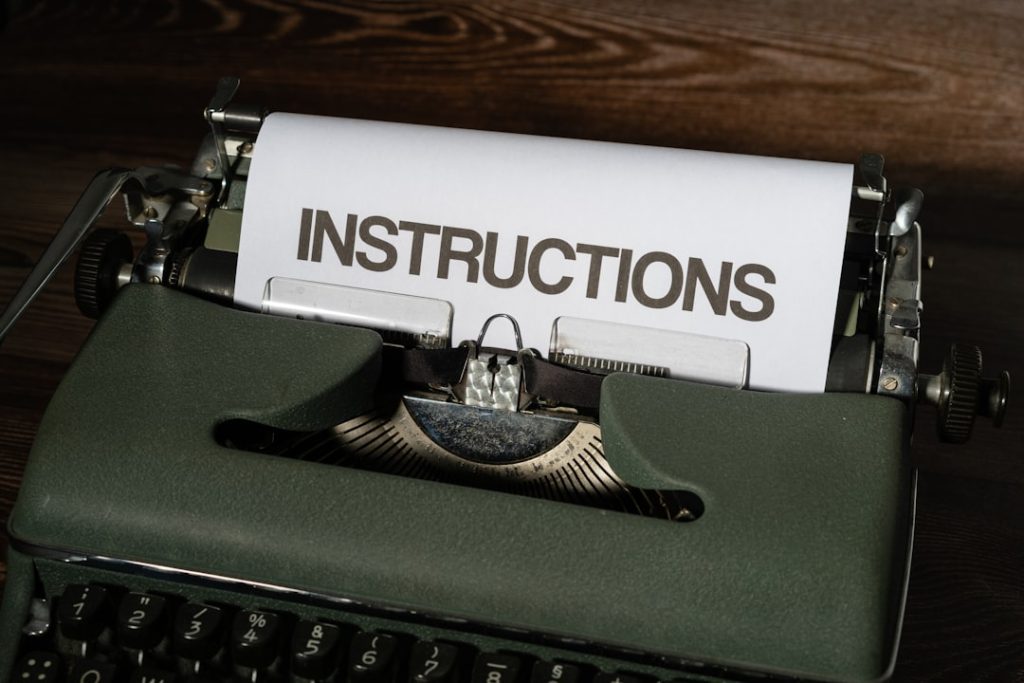Crafting an effective introduction is perhaps the most crucial aspect of writing—regardless of whether it’s an essay, research paper, blog post, or business report. The introduction sets the tone, provides necessary context, and guides the reader into the subject matter. Unfortunately, many writers underestimate the importance of this opening segment and fall into common pitfalls that can disengage readers almost immediately. Understanding what to avoid is just as critical as knowing what to include.
Why Is a Strong Introduction Important?
Before exploring common mistakes, it’s essential to understand the role an introduction plays. A well-constructed introduction serves multiple functions:
- Captures the reader’s attention
- Introduces the topic clearly
- Establishes the tone and intent
- Prepares the reader for what to expect
Imagine entering a movie theater and being immediately dropped into the middle of the plot with no context—confusing and off-putting, right? That’s what happens when an introduction is poorly written or entirely overlooked.
Common Mistakes to Avoid in Introductions
1. Starting with Generic or Overused Openings
One of the most frequent missteps is relying on clichés or broad sweeping statements like “Since the beginning of time…” or “In today’s modern world…”. These phrases may sound profound, but they lack specificity and fail to immediately engage the reader. Instead, aim for a relevant statistic, a thought-provoking question, or a brief anecdote that directly relates to your topic.
2. Being Vague or Unfocused
Your introduction should do more than simply hint at the topic—it should clearly state what the rest of the text will explore. Vague language or ambiguity in your opening can leave readers unsure of what to expect. Avoid elusive phrases like “This paper will touch on…” and instead be deliberate and concise.
Tip: Define your thesis early. A precise thesis statement gives your introduction direction and establishes a clear path for your argument or narrative.
3. Giving Away Too Much Too Soon
An introduction should provide a foundation, not the full structure. Writers sometimes feel the urge to include extensive background information or excessive detail right from the opening paragraph. This can overwhelm the reader and dilute the impact of the main points laid out in the body.
Think of your introduction as a roadmap—it should preview, not reveal, the journey ahead.
4. Not Matching the Tone of the Entire Work
Another common error is writing an introduction whose tone is inconsistent with the rest of the piece. For example, using flowery, literary language in the intro of a technical report can lead to confusion or may even appear insincere.
Solution: Draft your introduction after completing the body of the text. Doing so helps ensure that your tone, vocabulary, and content are better aligned throughout the work.
5. Writing an Overly Long or Short Introduction
Length plays a more significant role than many realize. An introduction that is disproportionately long can bore the reader before they even reach the core content, while one that is too short may feel rushed or superficial.
As a general guideline:
- For a blog post: 1–3 short paragraphs
- For an essay: About 10% of the total word count
- For formal reports or theses: 1–2 pages, depending on complexity
Balance is crucial. Use just enough space to provide context, establish your argument, and lead into the next section.
6. Lacking a Clear Thesis Statement
A thesis statement is the backbone of most academic or analytical writing, yet it’s often missing or poorly defined in many introductions. Without it, your readers may struggle to follow the logical thread of your argument throughout the text.
Your thesis should:
- State your main point clearly
- Reflect the depth and scope of your work
- Appear near the end of the introduction
The clearer your thesis, the easier it is for your readers to grasp and stay engaged with your writing.
7. Ignoring the Target Audience
Writing for “everyone” often means you’re effectively writing for no one. It’s vital to consider who your readers are and tailor your language, tone, and examples accordingly. An introduction meant for a scholarly audience should differ greatly from one written for high school students or casual blog readers.
Ask yourself: What background knowledge does my audience likely have? What tone is most appropriate for this demographic?
8. Failing to Engage Emotionally or Intellectually
Purely factual or sterile introductions often struggle to resonate. Whether through a compelling question, relatable anecdote, or intriguing fact, a good intro should establish some form of connection with the reader—be it emotional or intellectual.
This doesn’t mean every introduction should be dramatic or sensational, but it should offer something the reader cares about or wants to explore further.
9. Not Revisiting and Revising
Writers often create a “draft” introduction and then never return to it after completing the body of the work. This can lead to mismatched objectives or missed opportunities to strengthen cohesion.
Best Practice: Always revisit your introduction after finishing the rest of your piece. Ask yourself: Does it align with the final message? Could the opening be more engaging now that I have a better grasp of the entire content?
Strategies for Writing a Strong Introduction
We’ve discussed what to avoid. Now let’s briefly touch on techniques that consistently result in compelling introductions:
- Pose a provocative question: Makes the reader think and want answers.
- Use a relevant quote: Can add authority or spark curiosity.
- Start with a surprising fact or statistic: Adds instant credibility and relevance.
- Tell a short anecdote: Humanizes the topic and draws readers in.
- Define a key term or concept: Useful in technical or academic pieces.
Whatever strategy you use, ensure that your introduction leads naturally into the rest of the content. The transition between sections should be logical and fluid.
Final Thoughts
Writing an introduction should not be an afterthought. It is your first—and often only—chance to capture attention and make your case for why your reader should continue. By identifying and avoiding these common mistakes, you position your writing to be clearer, more engaging, and more effective.
Remember, even expert writers draft and revise their introductions. Take the time to evaluate how yours aligns with your content, objectives, and audience. A strong beginning often makes all the difference.

